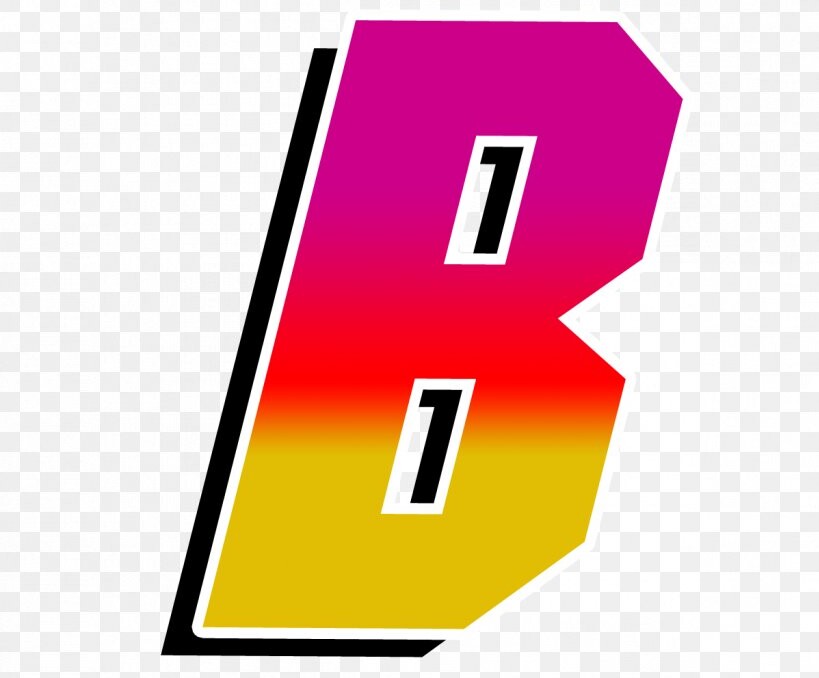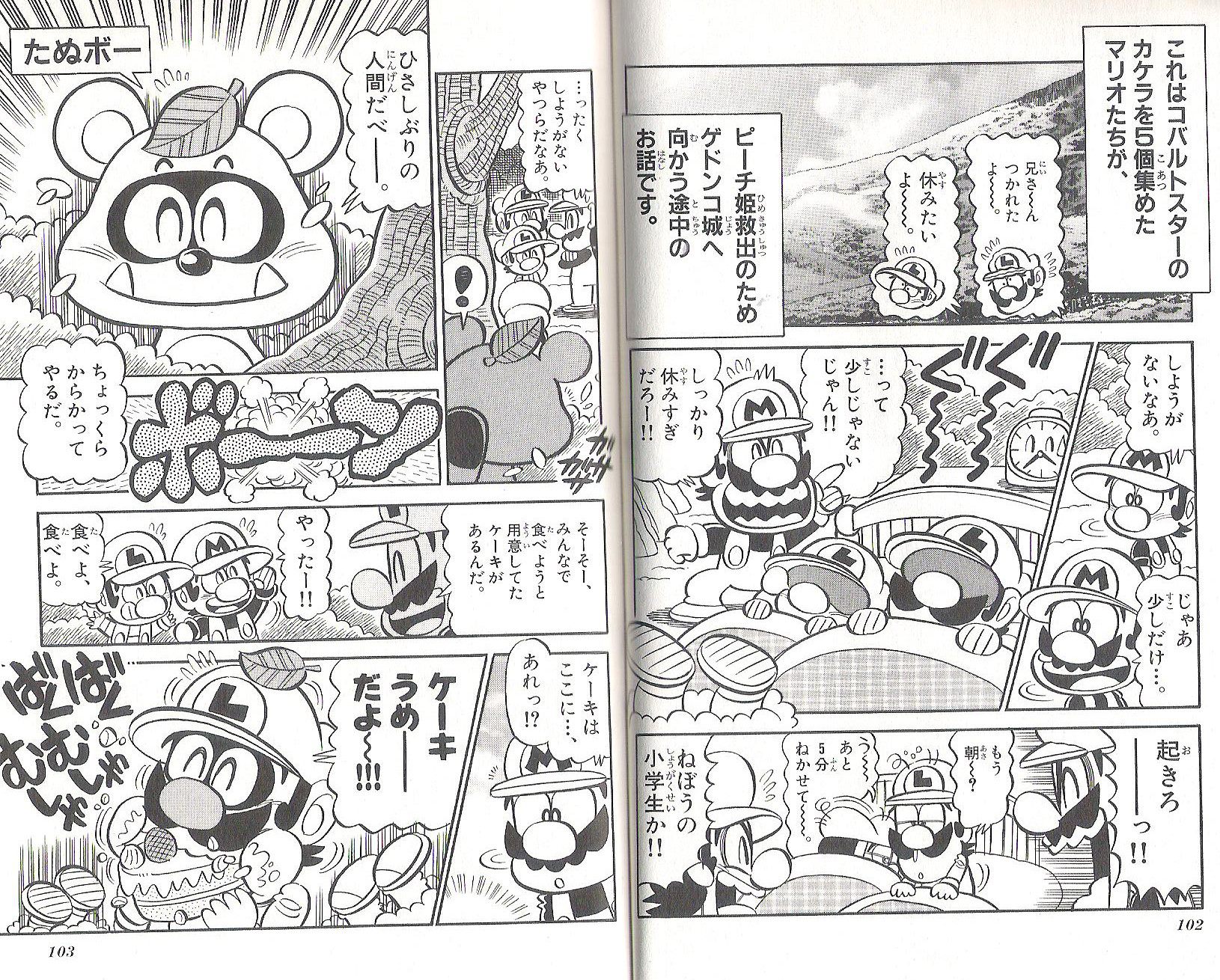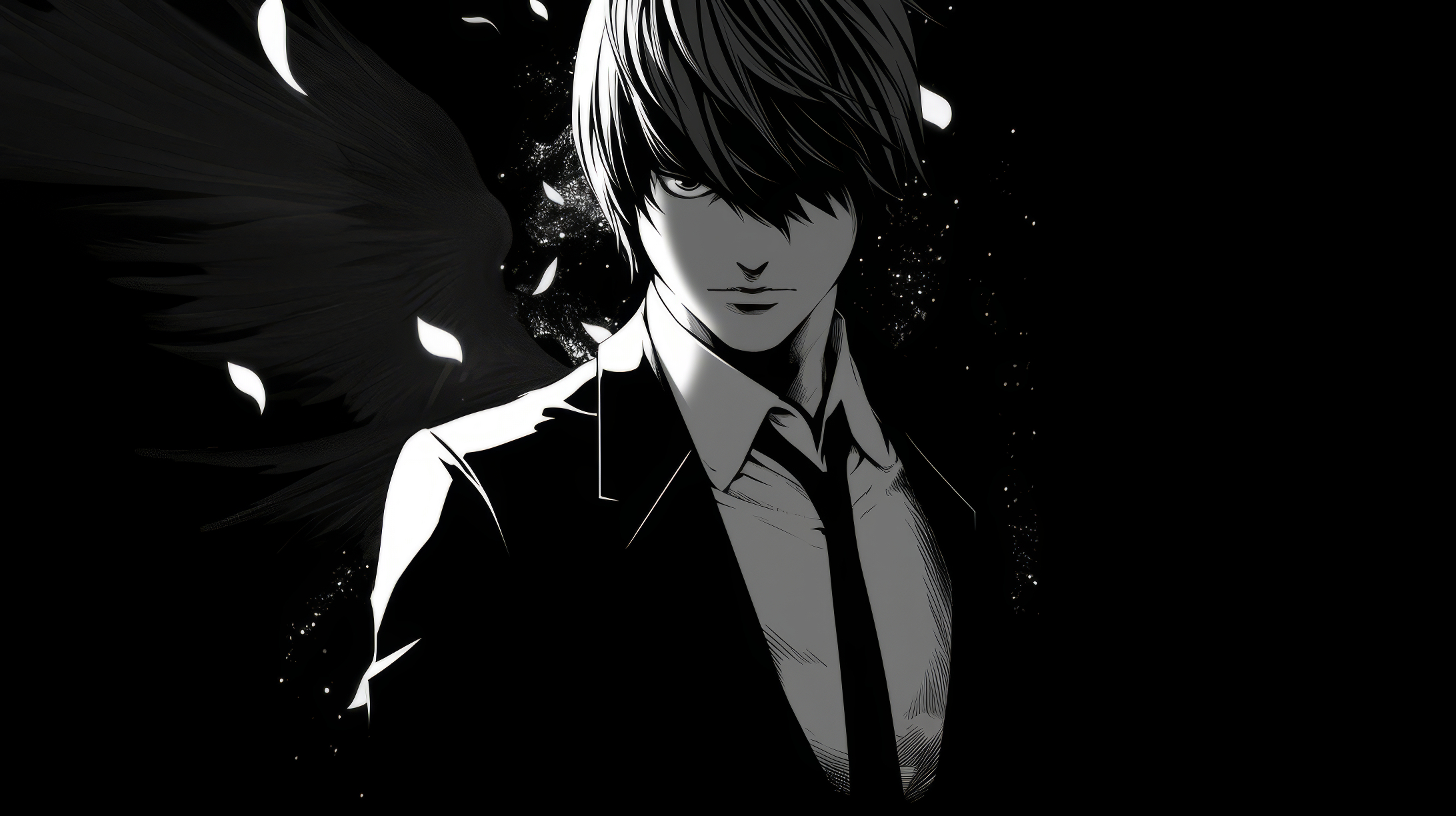Manga Mario! Yo, ever imagined the Mushroom Kingdom getting the anime treatment? Seriously, it’s way more epic than you think. From rad fan art to mind-blowing fanfics, we’re diving deep into the world of Mario reimagined through the lens of Japanese comics. Get ready for a wild ride!
This isn’t your grandma’s Super Mario Bros. We’re talking about a whole new level of awesome. Think dynamic action sequences, expressive characters, and storylines that’ll blow your mind. We’ll explore the different art styles, crazy plot twists, and the impact this unique blend of gaming and manga has had on fan culture. It’s a total blast from the past, but with a seriously fresh twist.
Do not overlook explore the latest data about hunter x manga.
Manga Mario: A Hype-Worthy Fusion of Worlds
Yo, what’s up, fellow gamers and manga maniacs! Let’s dive headfirst into the totally rad world of “Manga Mario”—a mashup that’s been blowing up online. We’re talking about the awesome fan art, fanfics, and everything in between that’s reimagining the iconic plumber in a distinctly Japanese comic style. Get ready for a deep dive into the trends, art styles, and storytelling that make this phenomenon so awesome.
Popularity and Trends of “Manga Mario”
Manga Mario’s popularity is a testament to the enduring appeal of both the Mario franchise and the expressive power of manga. Its evolution reflects the shifting trends in both online fan culture and manga styles themselves. We’ll explore the key demographics driving this trend and compare its success to other video game manga adaptations.
The visual style of Mario has undergone a significant transformation across different manga adaptations. Early attempts often maintained a relatively faithful representation of Mario’s original pixel art, while more recent interpretations embrace a wider range of manga aesthetics, incorporating elements of shonen, shojo, and even seinen styles. This evolution reflects not only the growth of artistic skill within the fan community but also the increasing diversity of manga styles themselves.
Online communities like DeviantArt, Tumblr, and Twitter host a vast collection of fan art, comics, and animations showcasing Manga Mario in various styles. These platforms foster creative collaboration and allow artists to share their work with a global audience. The primary demographic interested in Manga Mario seems to be young adults, particularly those with a passion for both video games and Japanese animation.
The popularity of Manga Mario, while significant, pales in comparison to the broader popularity of manga adaptations of established anime franchises like One Piece or Naruto. However, within the niche of video game manga adaptations, Manga Mario holds a strong position due to the inherent popularity of the Mario universe.
Artistic Styles in Manga Mario Fan Creations
The beauty of Manga Mario lies in its stylistic diversity. Fan artists experiment with a wide spectrum of manga styles, each imparting a unique flavor to Mario’s world. We’ll examine how these stylistic choices shape the portrayal of Mario and his companions.
| Style Name | Description | Example Features | Notable Artists/Works (Examples) |
|---|---|---|---|
| Shonen | Action-packed, often features dynamic poses and exaggerated expressions. | High-energy action scenes, dramatic fight choreography, powerful character designs. | Many artists on DeviantArt and Pixiv have created Shonen-style Manga Mario works. Specific names are difficult to pinpoint without direct links. |
| Shojo | More romantic and emotionally focused, with emphasis on character relationships and softer art styles. | Emphasis on character emotions, delicate linework, romantic subplots. | Again, finding specific artists requires direct links, but numerous examples exist online. |
| Seinen | Mature themes, complex storylines, and often darker tones. | Detailed backgrounds, morally ambiguous characters, psychological depth. | Examples of Seinen-style Manga Mario are harder to find, as the style is less frequently used for this subject matter. |
| Kodomomuke | Child-friendly style, characterized by simple lines and bright colors. | Simple character designs, bright and cheerful color palettes, lighthearted stories. | Many interpretations of Mario already lean towards this style, making specific Manga adaptations less distinct. |
The use of different manga styles dramatically alters Mario’s personality. A shonen style might highlight his heroic and adventurous side, while a shojo style might emphasize his softer, more caring traits. Color palettes play a crucial role in setting the tone. Vibrant colors create a sense of energy and excitement, while darker palettes can evoke mystery or suspense.
Common stylistic choices include exaggerated expressions, dynamic poses, and the use of speed lines to convey action. Iconic characters like Bowser and Peach are often redesigned to fit the chosen manga style, sometimes with significant alterations to their appearance.
Narrative Approaches in Manga Mario Fanfiction
The creative potential of Manga Mario extends beyond art; fanfiction writers have crafted countless stories exploring new dimensions of the Mario universe. We’ll explore some common narrative structures and themes.
One potential plot for a Manga Mario story could involve a new villain, perhaps a forgotten deity from the Mushroom Kingdom’s past, who seeks to rewrite reality using ancient magic. This villain could manipulate the very fabric of the Mushroom Kingdom, altering landscapes and twisting the personalities of familiar characters. Mario and his friends would need to journey through distorted versions of familiar locations, facing not only physical challenges but also psychological tests of their friendships and beliefs.
Manga Mario fanfiction often utilizes both episodic and overarching plot structures. Episodic stories focus on individual adventures, while overarching plots weave together multiple episodes into a larger narrative arc. Common themes explored in Manga Mario fanfiction include friendship, rivalry, self-discovery, and the struggle between good and evil. Established Mario lore is adapted and reimagined by incorporating elements of Japanese mythology, folklore, or even modern societal issues into the familiar setting of the Mushroom Kingdom.
“Manga Mario” as a Visual Medium

Manga’s unique visual storytelling techniques offer exciting possibilities for enhancing the Mario universe. We will explore how these techniques can be used to create engaging narratives.
Manga’s panel layouts and visual metaphors could significantly enrich Mario’s adventures. For example, a tense chase scene could be depicted using a series of close-up panels focusing on Mario’s determined expression, interspersed with wider panels showcasing Bowser’s relentless pursuit. A dramatic moment of transformation could be shown using a full-page spread, while a quiet, reflective moment could be emphasized with a single, large panel filled with evocative imagery.
Consider a scene where Mario confronts Bowser atop a towering castle. The panel layout could shift from close-ups of Mario’s determined face, to wide shots showing the vastness of the castle, and then to smaller panels depicting the struggle, emphasizing the intensity of the moment. The use of visual metaphors, such as rain symbolizing sadness or a bright sun representing hope, could deepen the emotional impact of the narrative.
This contrasts with traditional Mario games, which primarily rely on gameplay mechanics to convey emotions and narrative. Manga’s visual storytelling allows for a more direct and nuanced exploration of character emotions and motivations.
The Impact of “Manga Mario” on Fan Culture
Manga Mario’s impact extends far beyond individual creations; it has profoundly shaped fan interpretations of the Mario franchise and influenced the broader landscape of video game fan culture. We’ll explore this impact.
Manga Mario fan works have significantly influenced fan interpretations of the Mario franchise by providing alternative perspectives on character relationships, motivations, and backstories. They contribute to the broader discourse surrounding video game adaptations by demonstrating the creative potential of blending different media formats. The creative energy of Manga Mario has inspired other video game fans to explore similar cross-media adaptations, leading to a rise in fan works blending other game franchises with manga aesthetics.
Specific examples of this influence are difficult to pinpoint without detailed analysis of numerous fan works across various platforms, but the general trend is clear. The vibrant and diverse nature of Manga Mario fan creations serves as a powerful testament to the enduring appeal of both the Mario franchise and the expressive power of manga.
So, there you have it – Manga Mario: a testament to the enduring power of fan creativity and the awesome potential of mashing up different pop culture universes. From the wildest art styles to the most epic storylines, it’s clear that Mario’s adventures in the manga world are just getting started. Get ready for more epic fusions, because this ain’t over yet!





